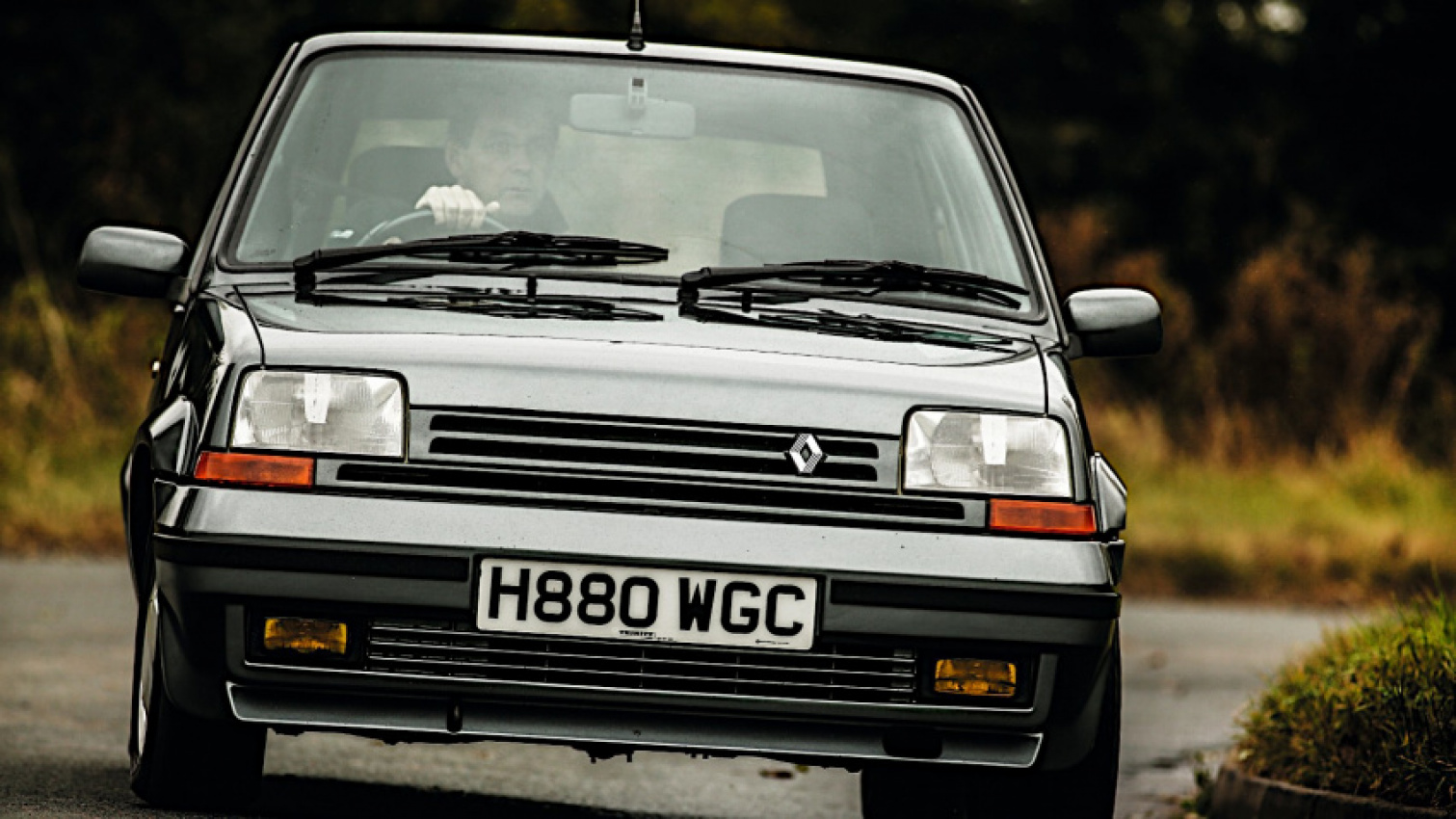
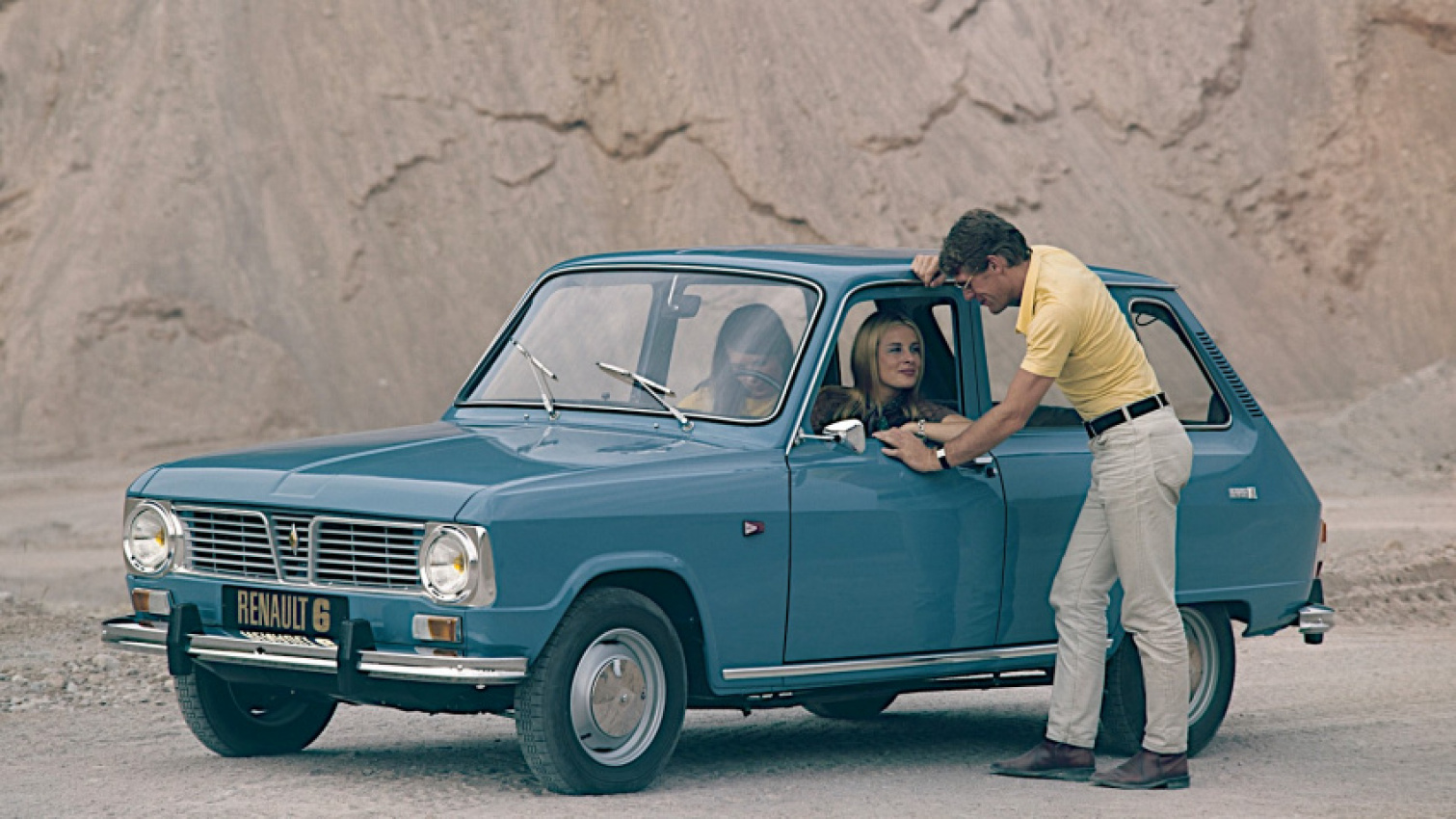
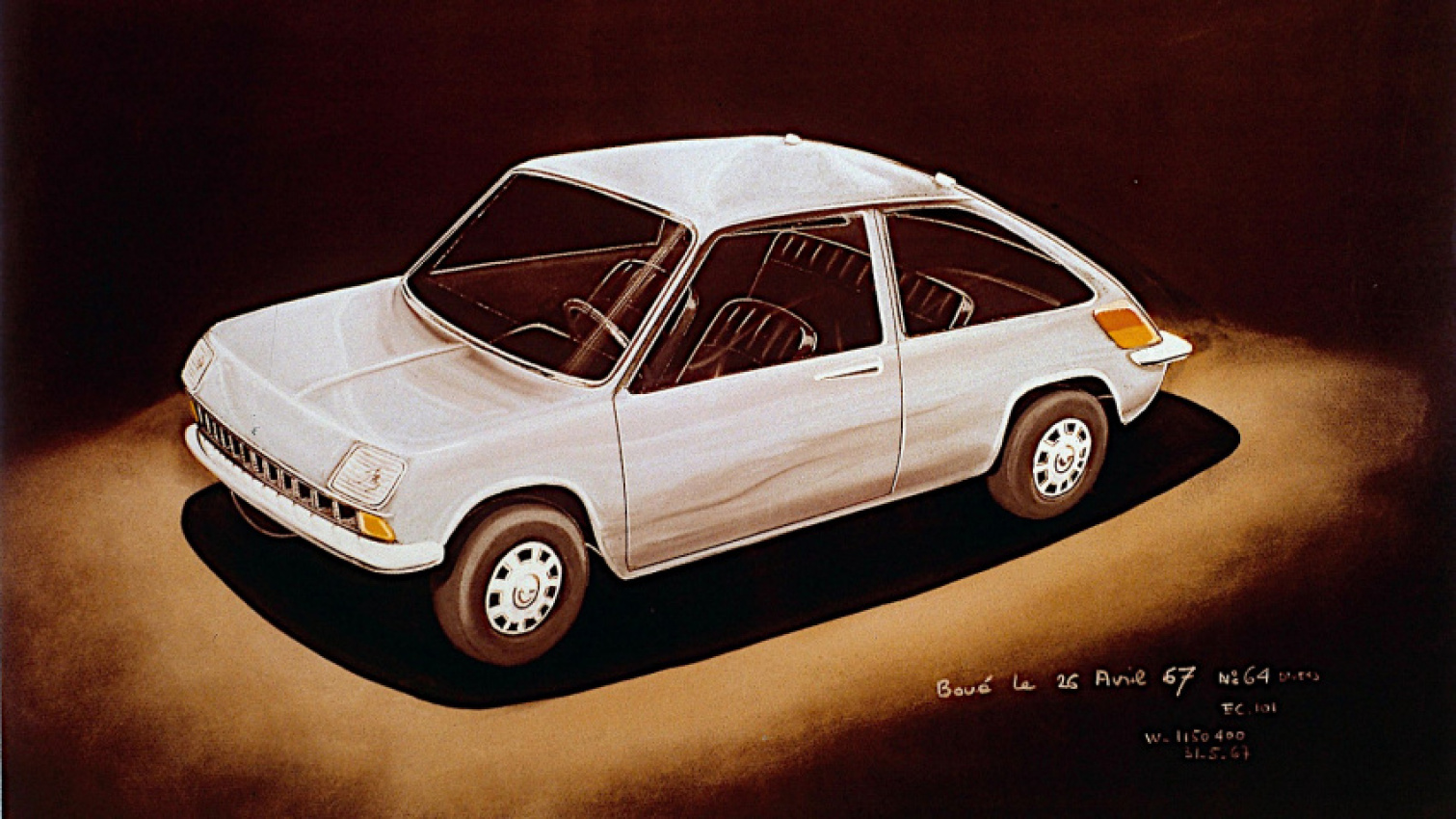

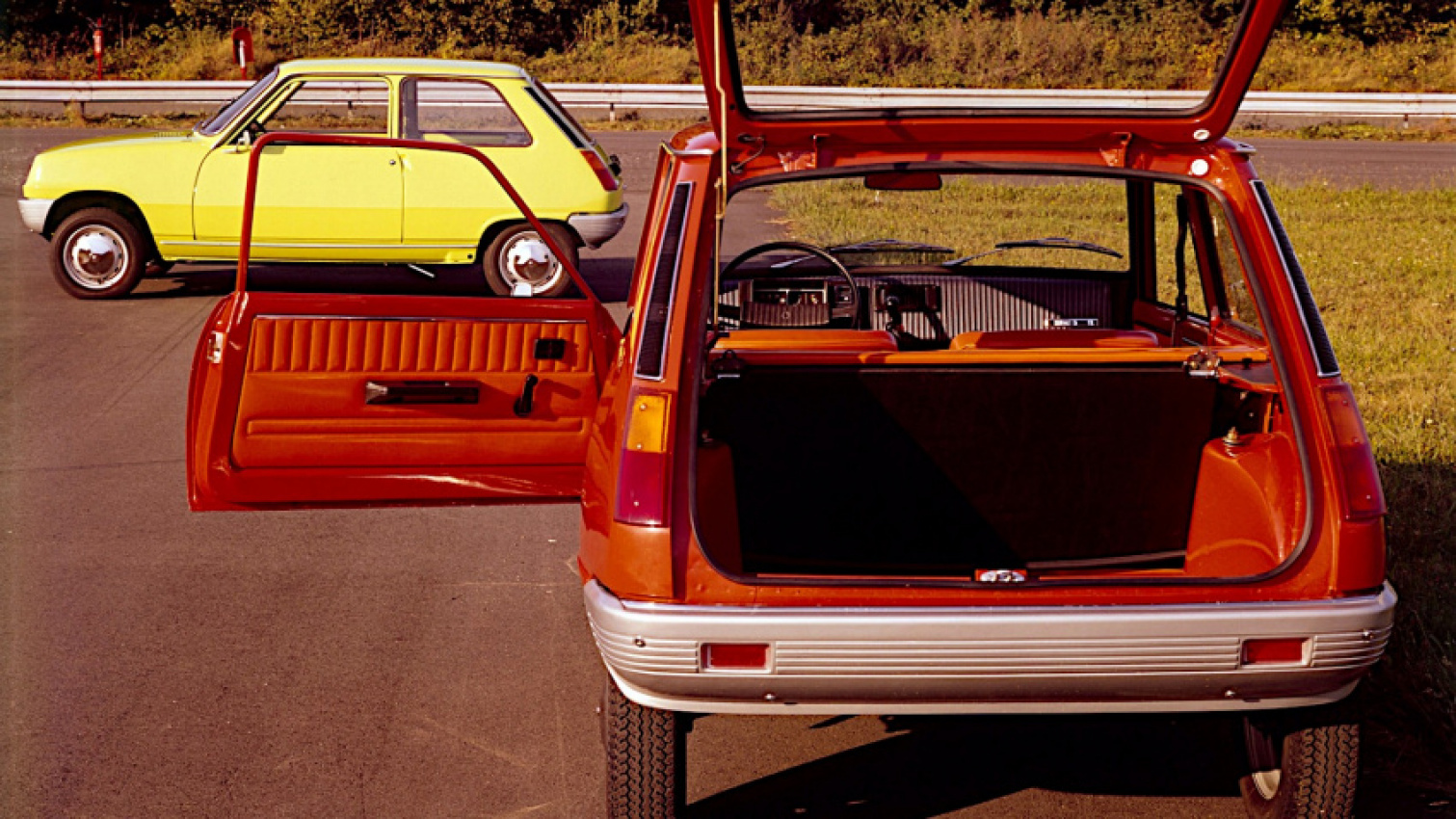


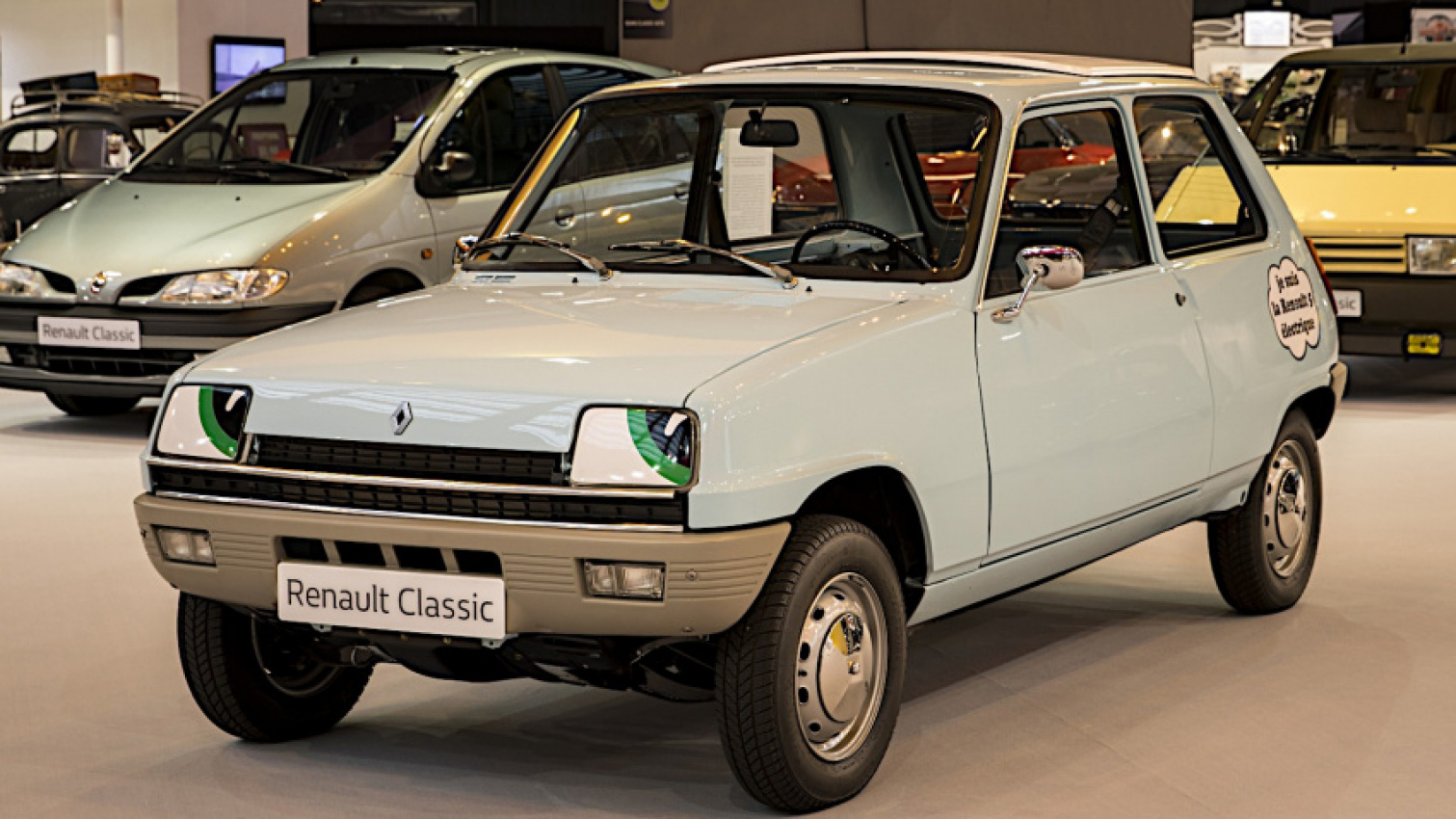
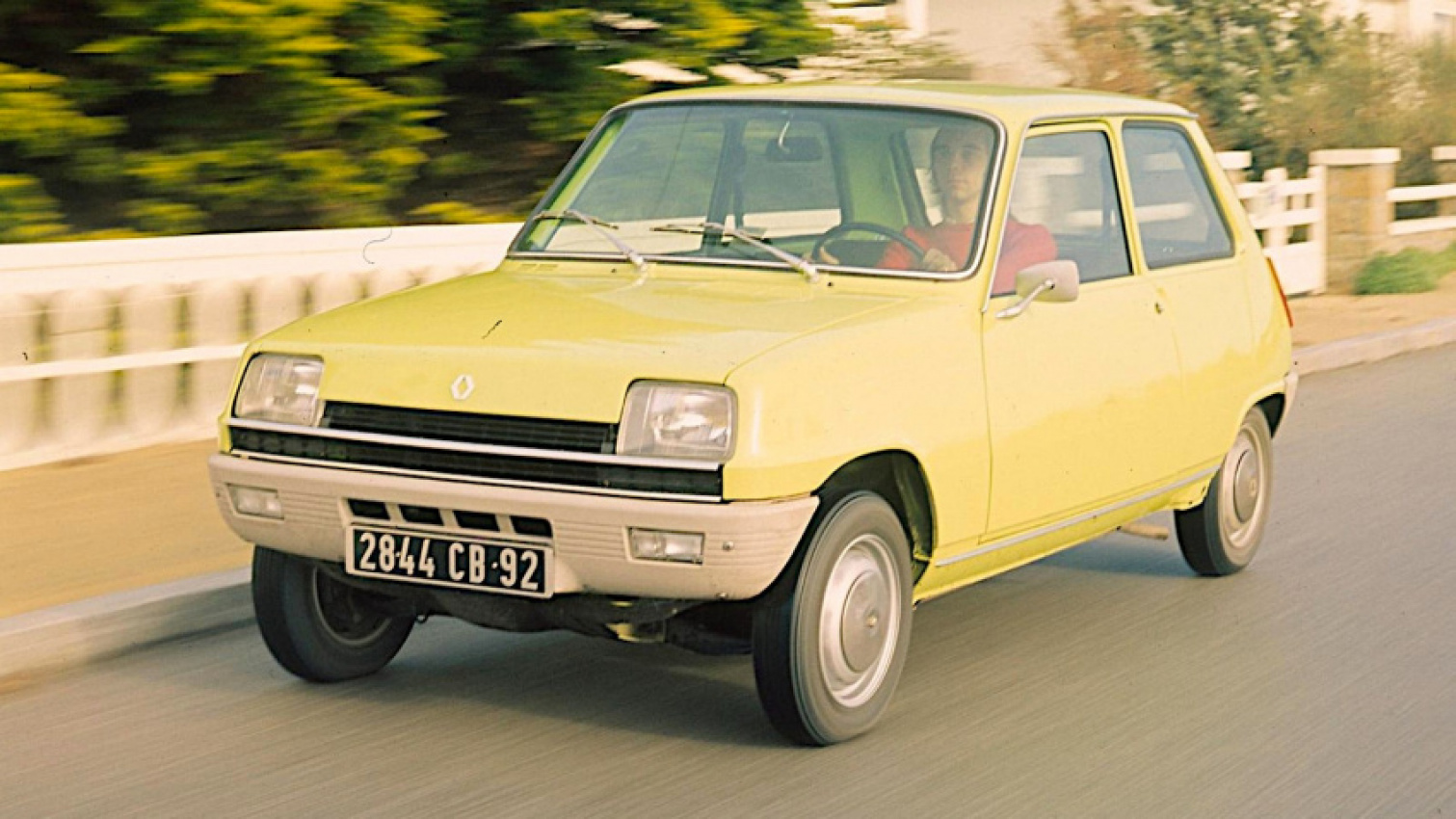


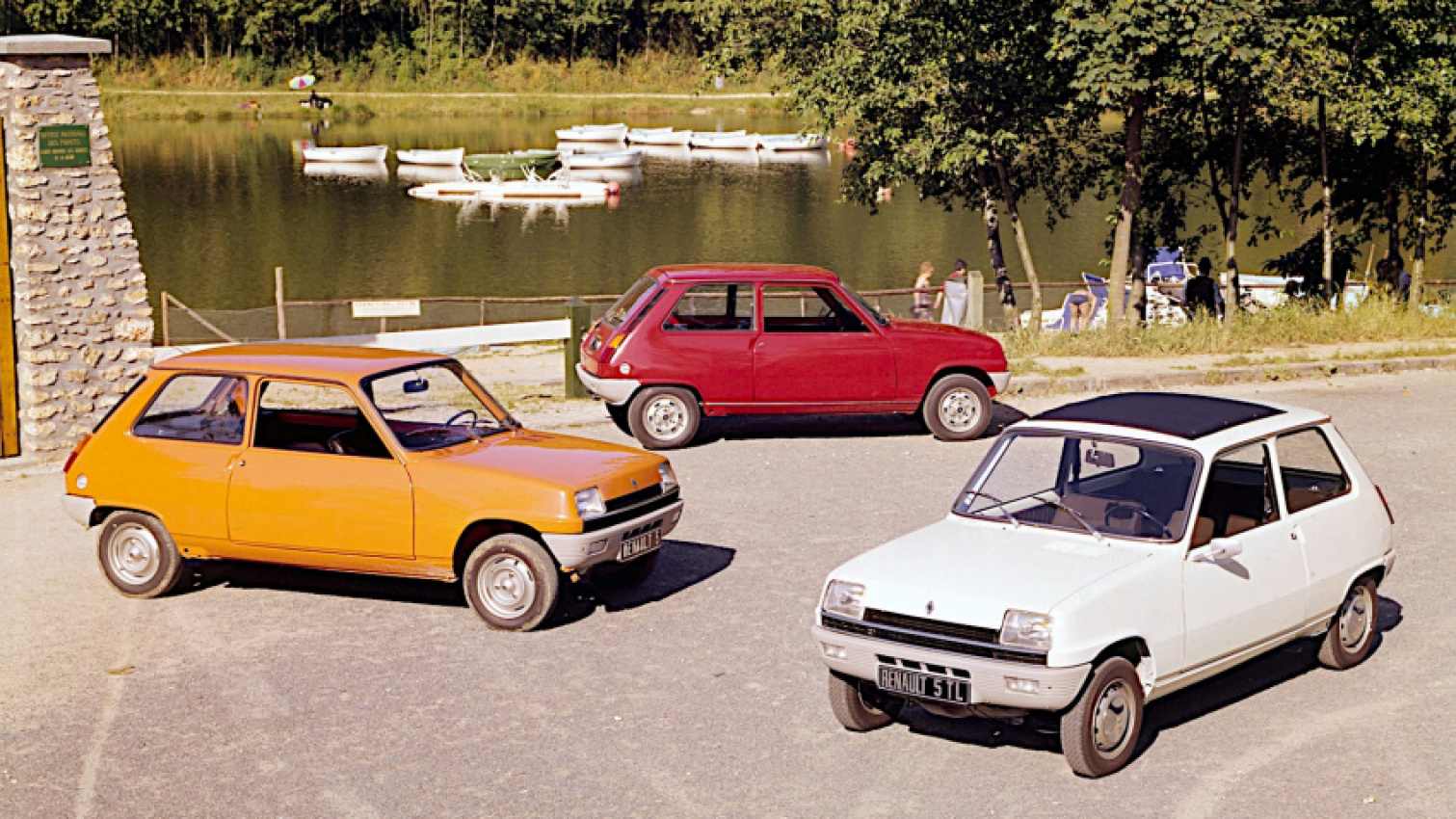
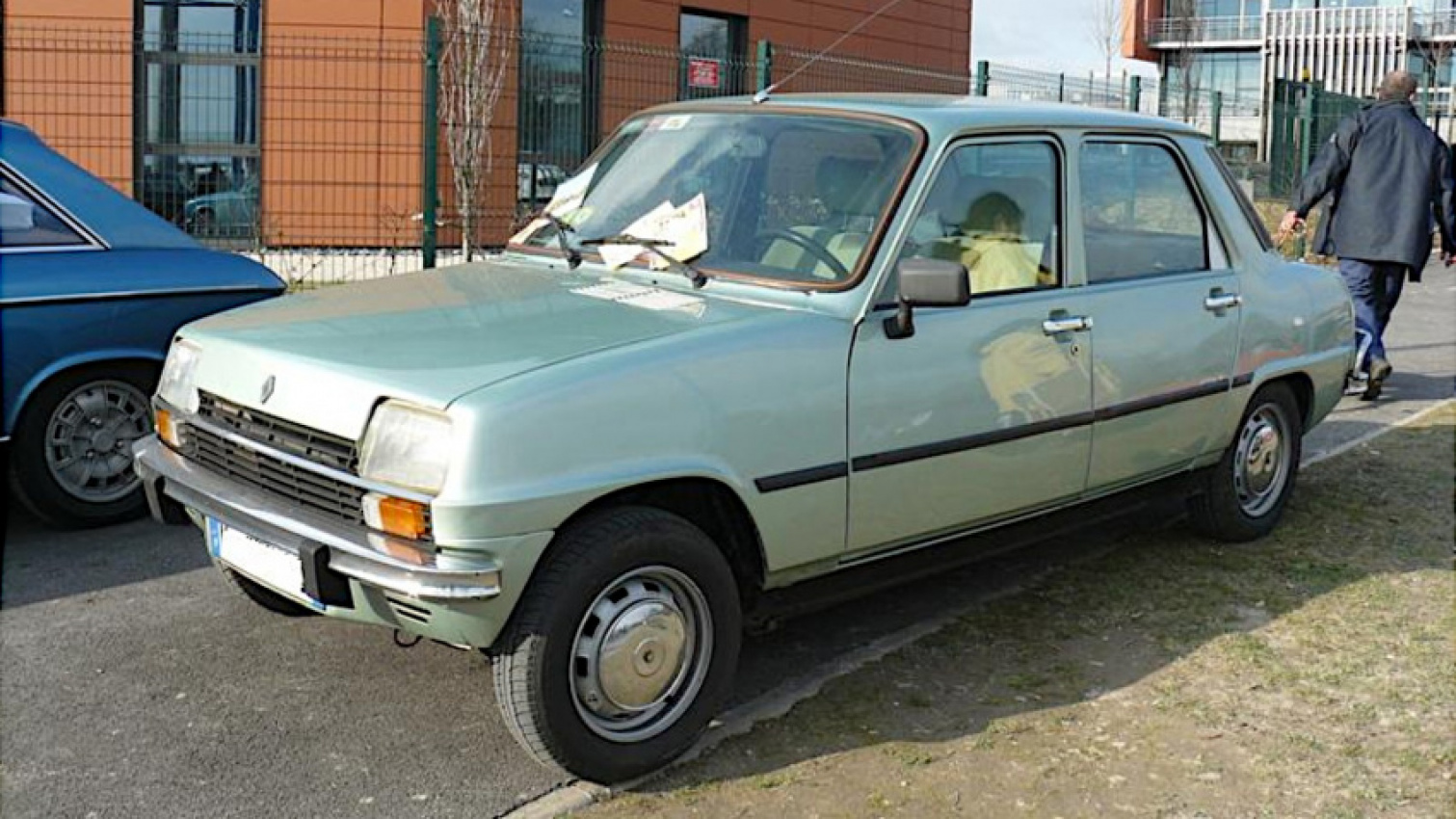
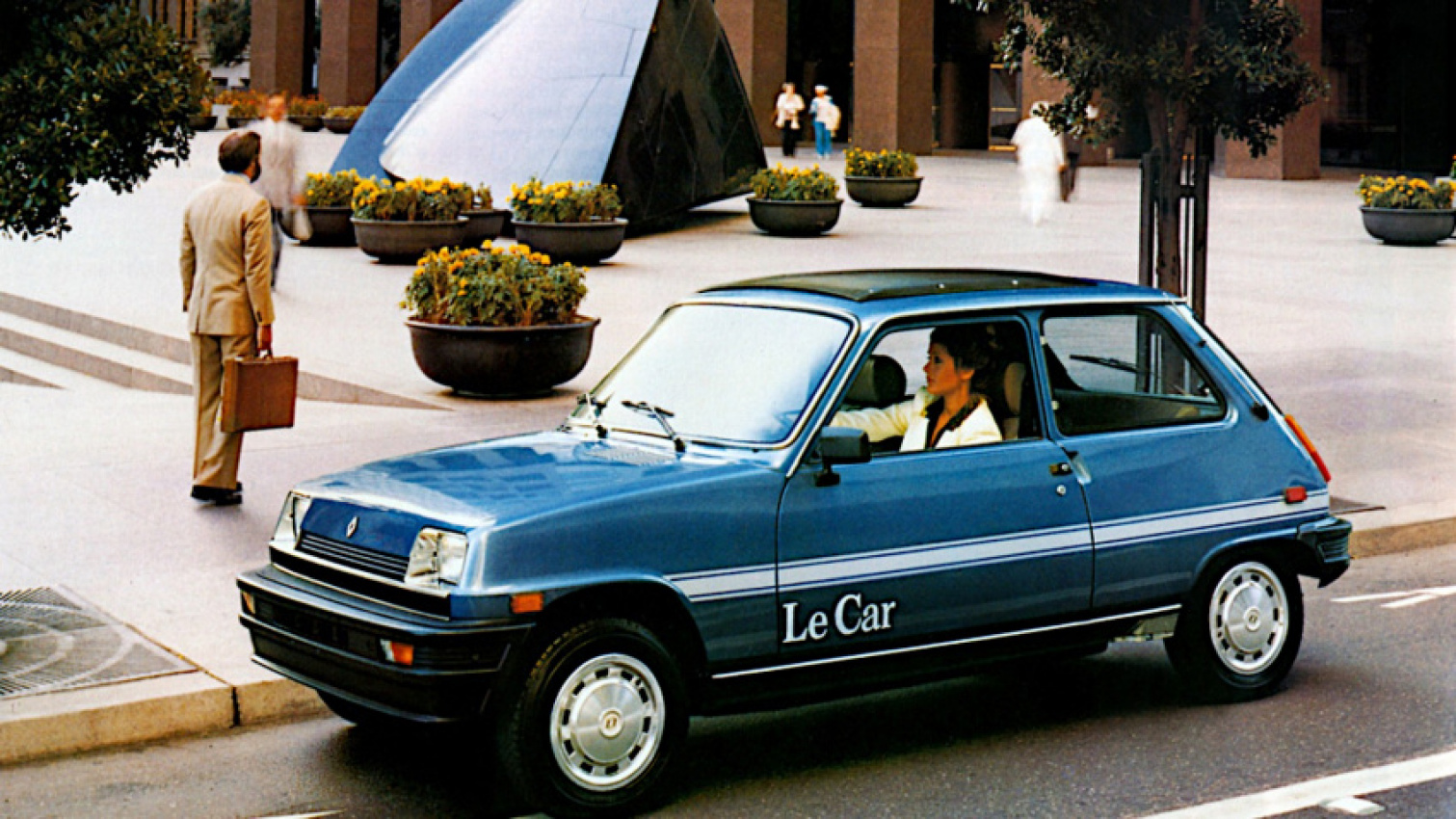

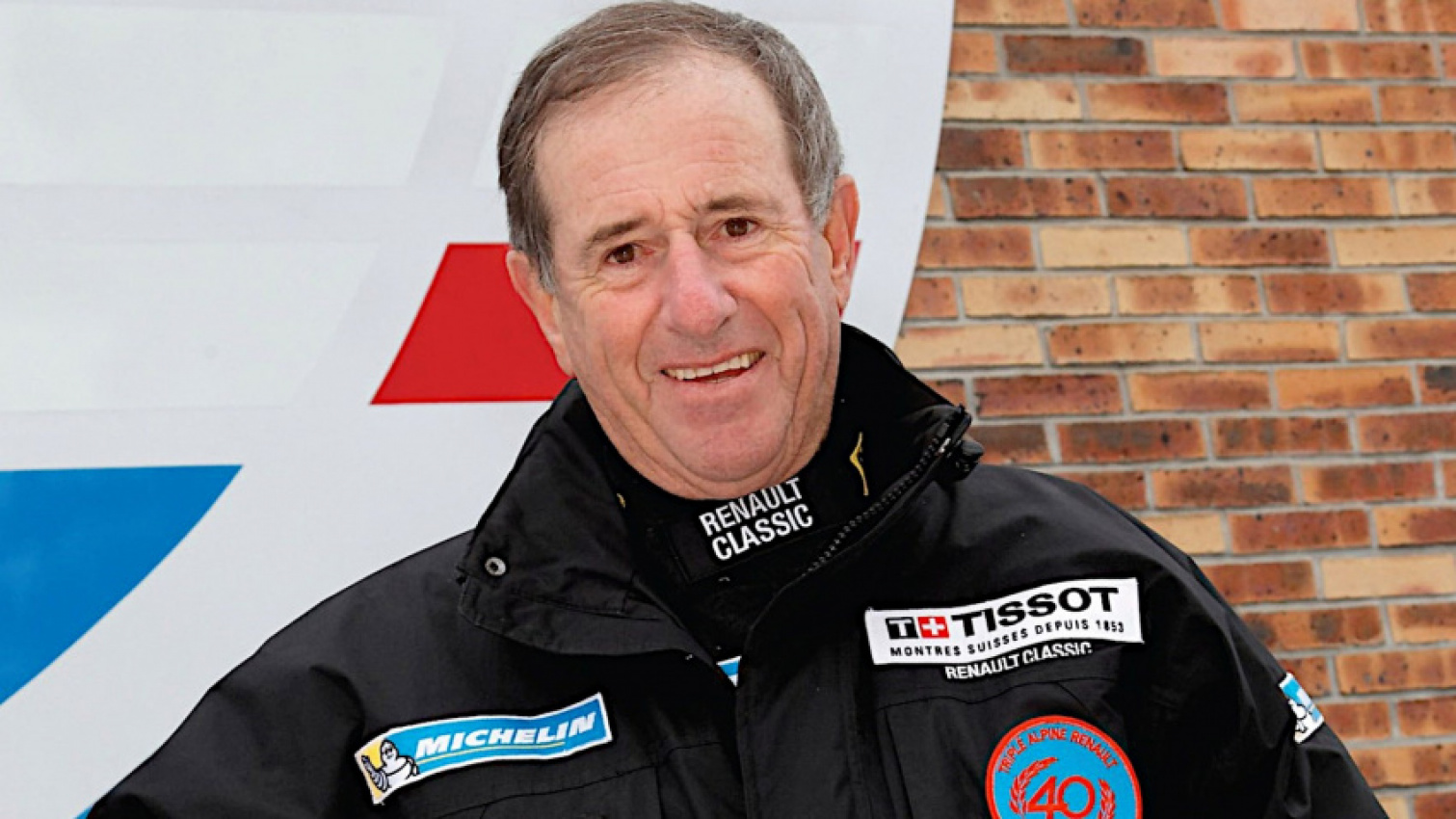
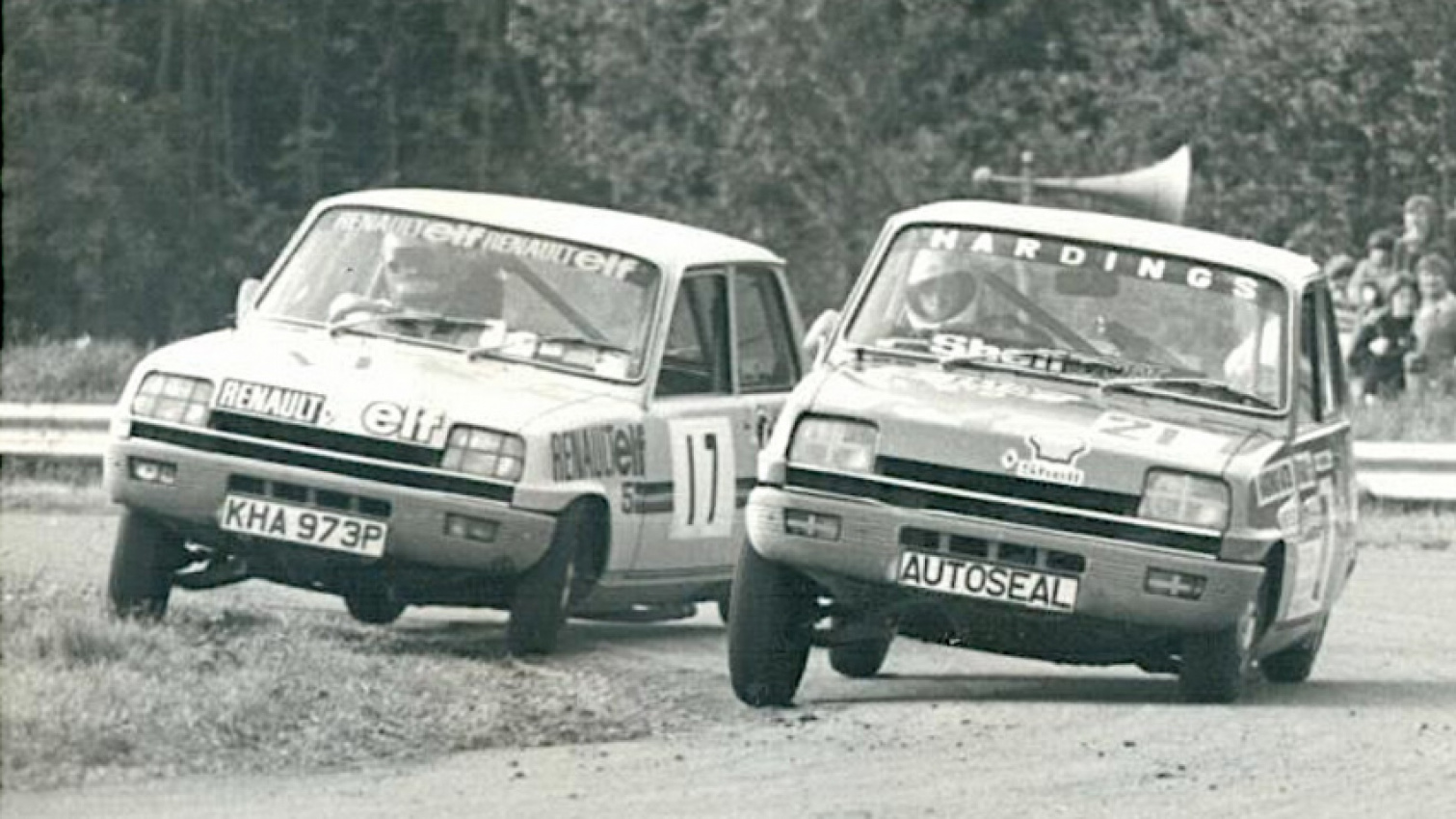
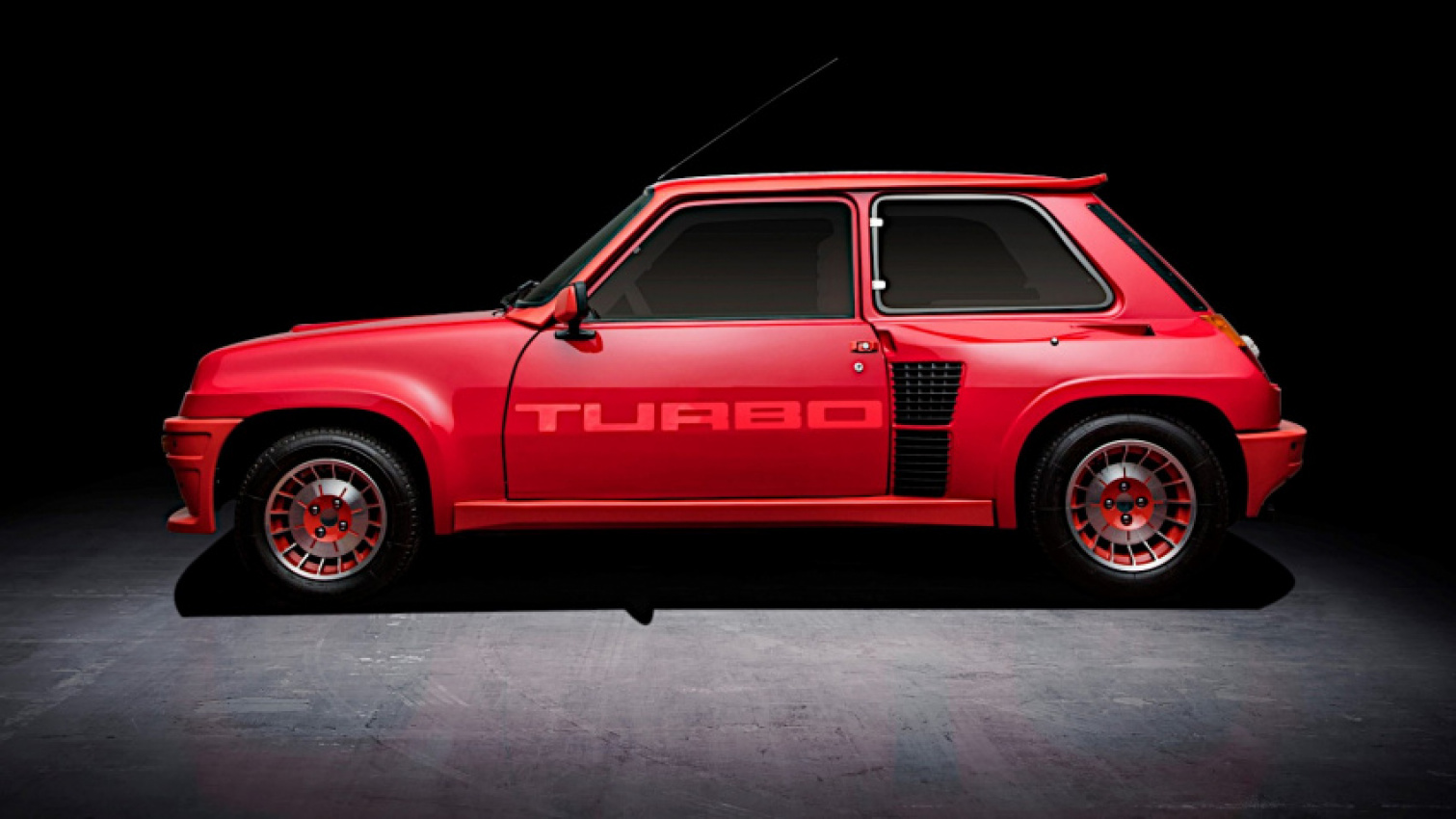


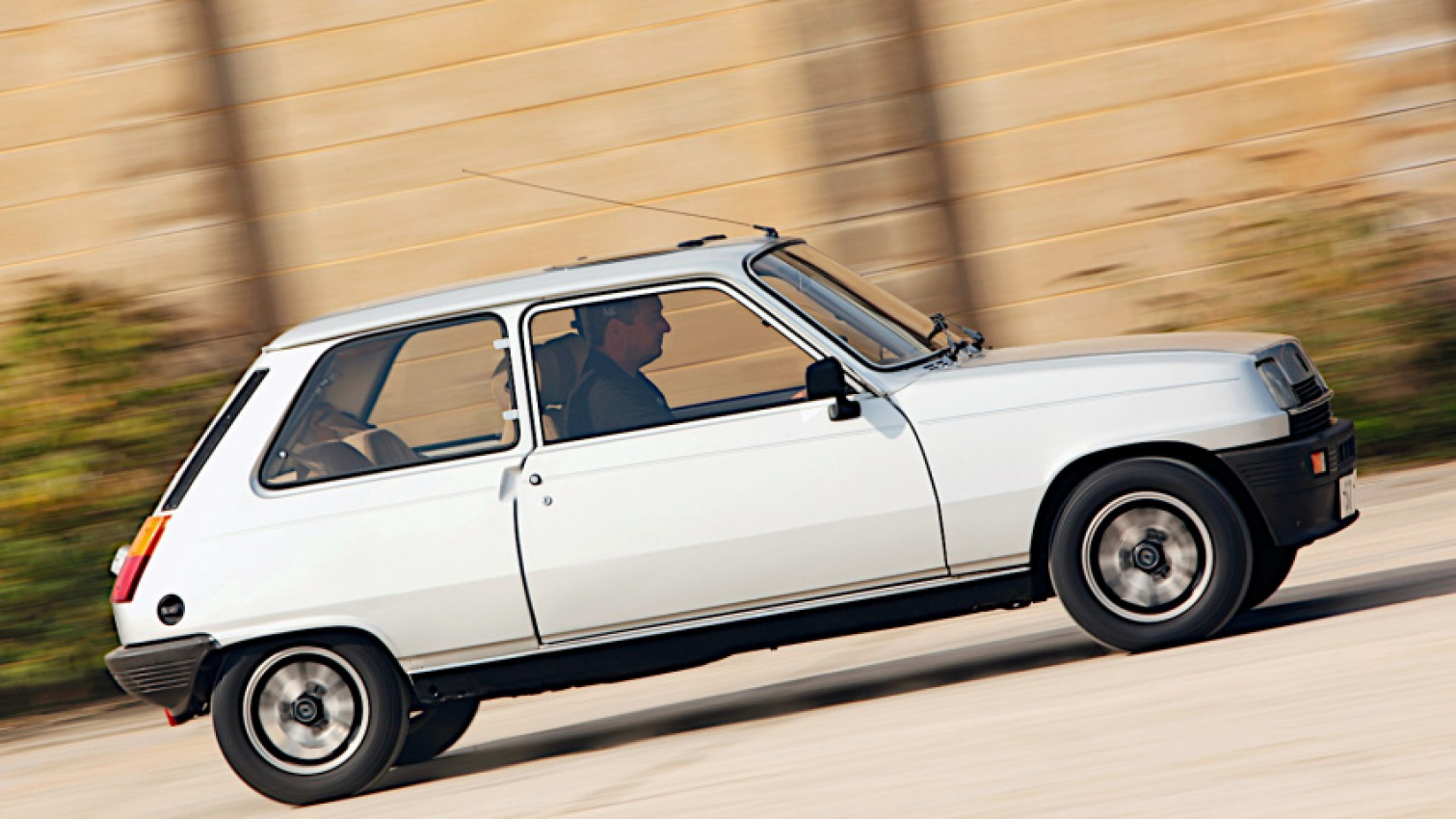
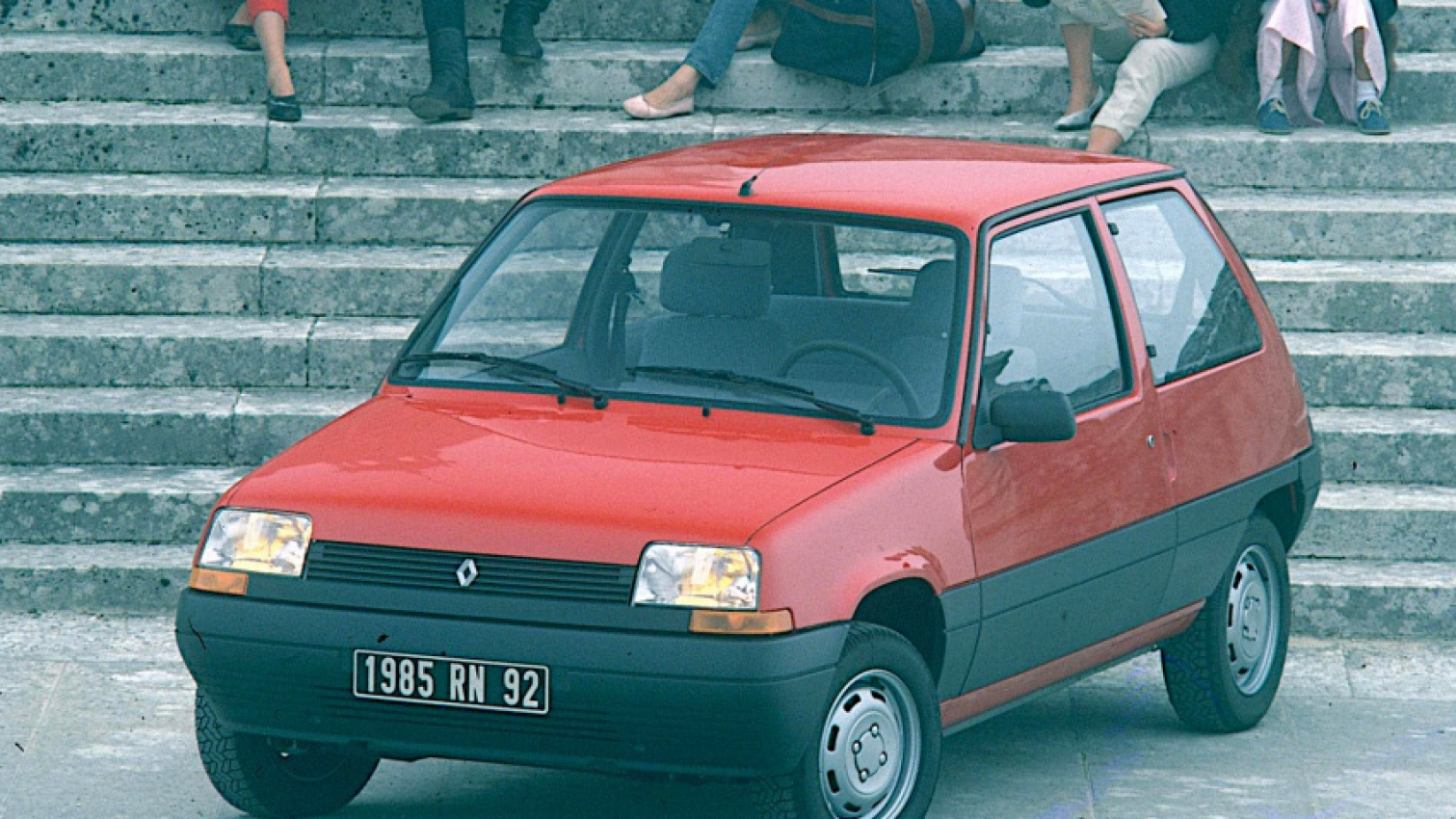
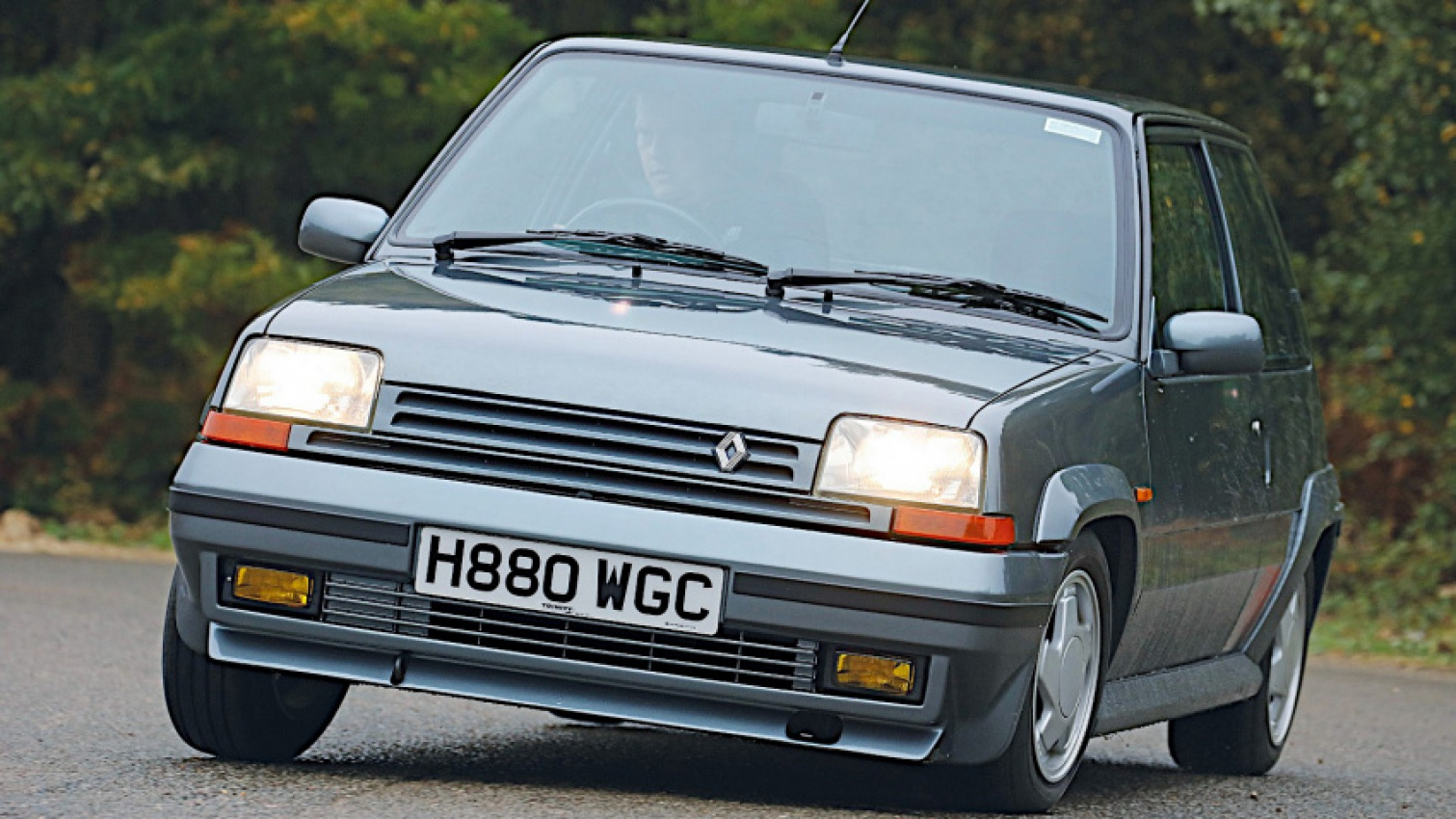
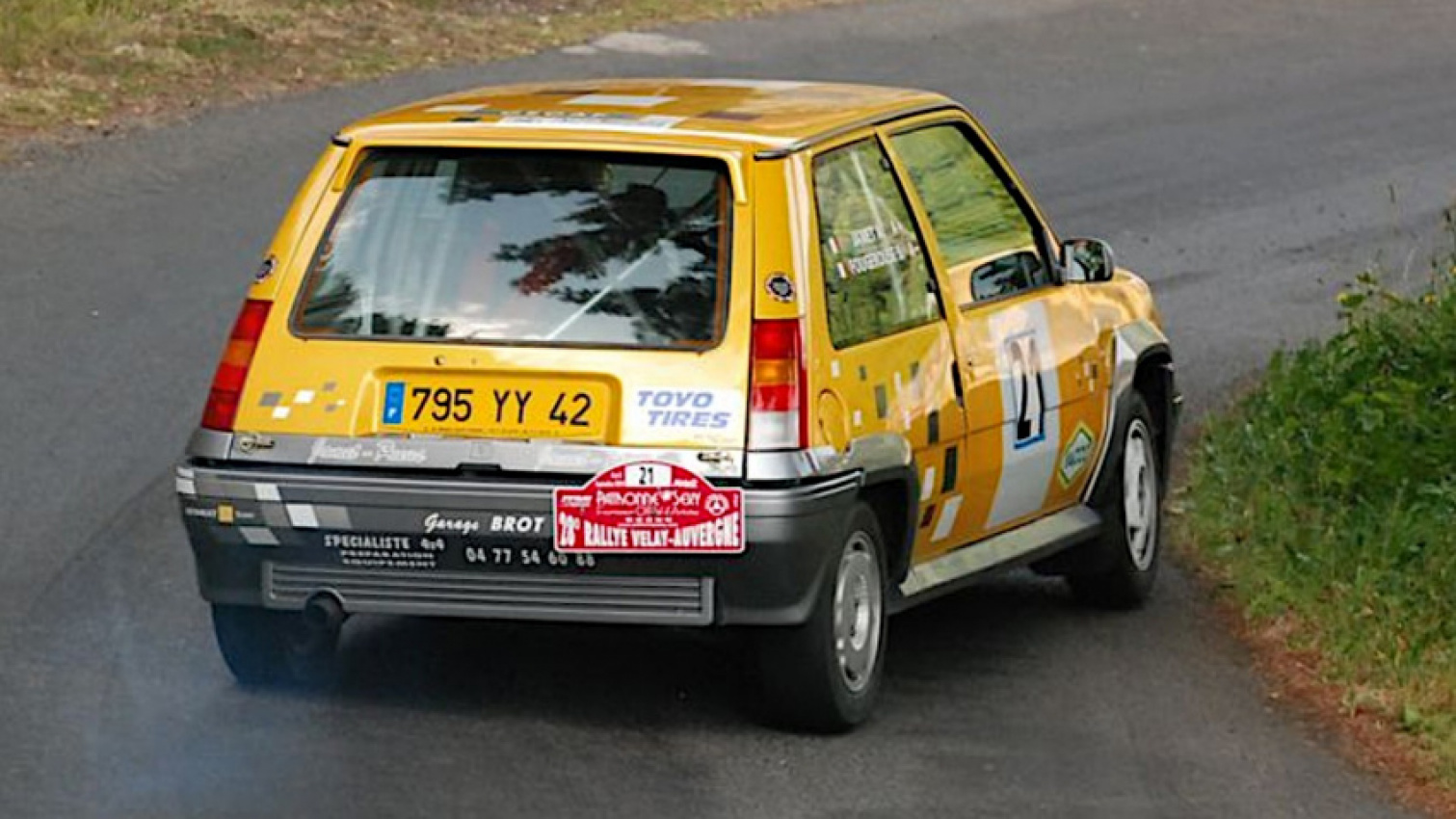
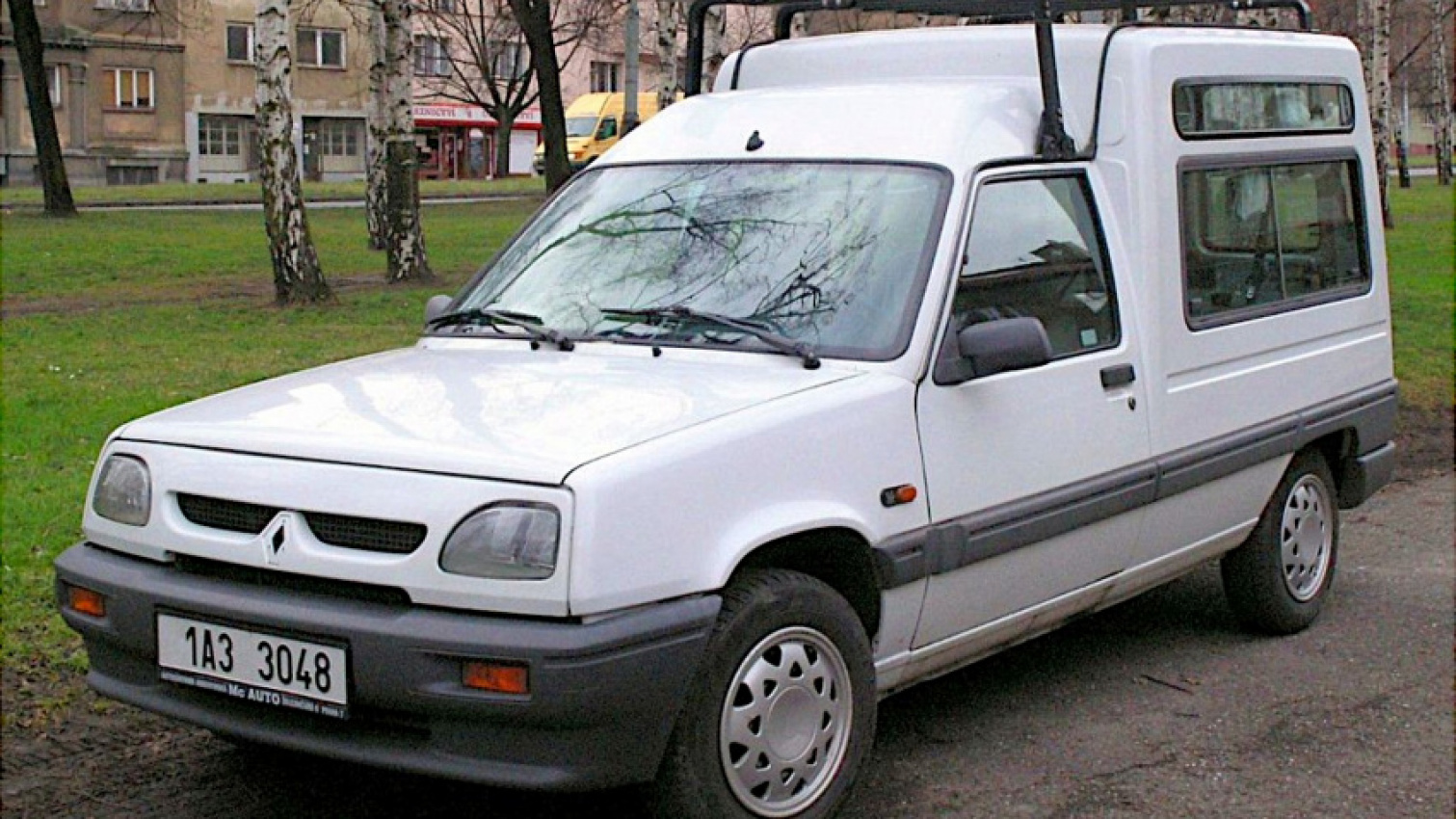
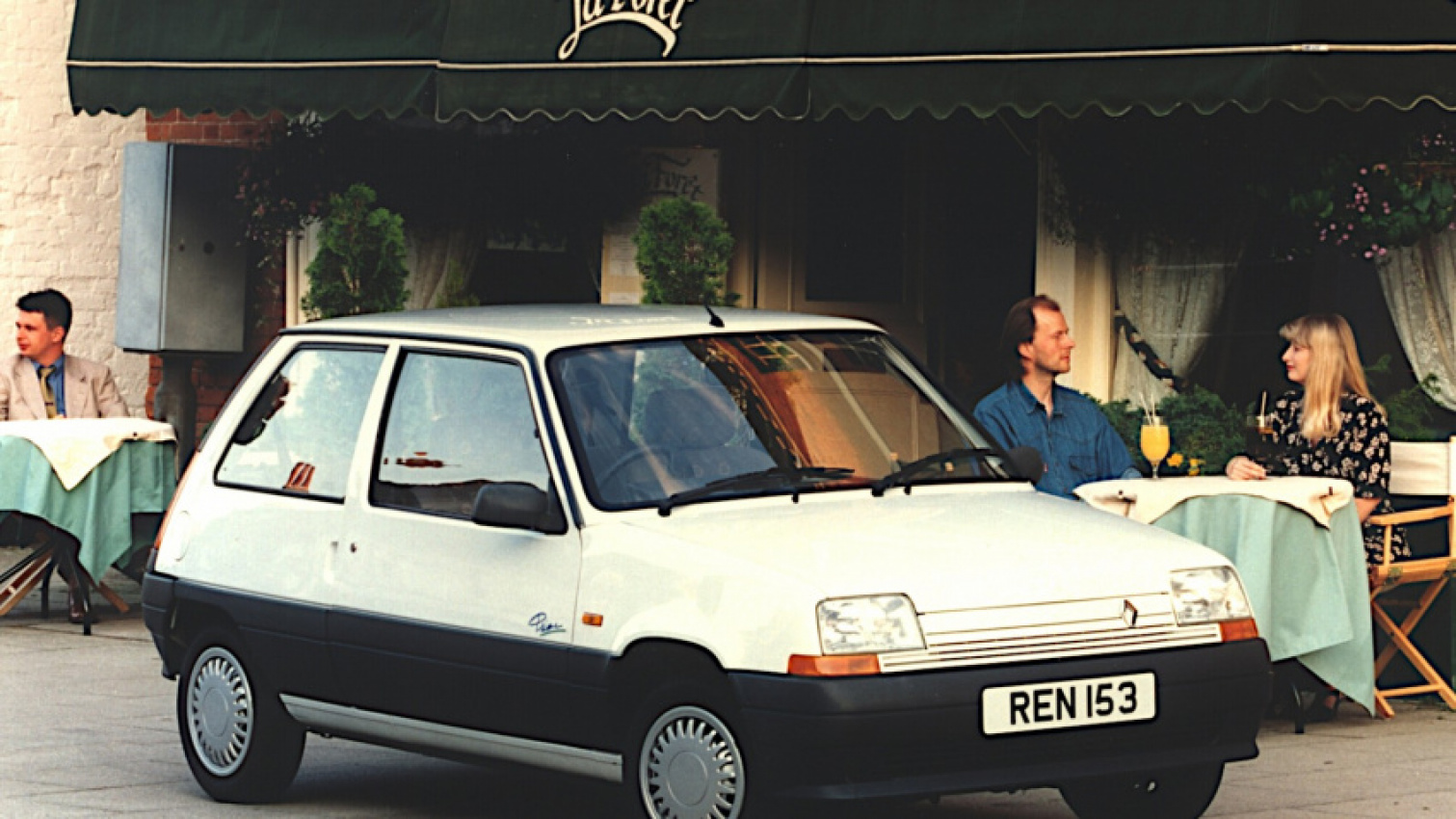

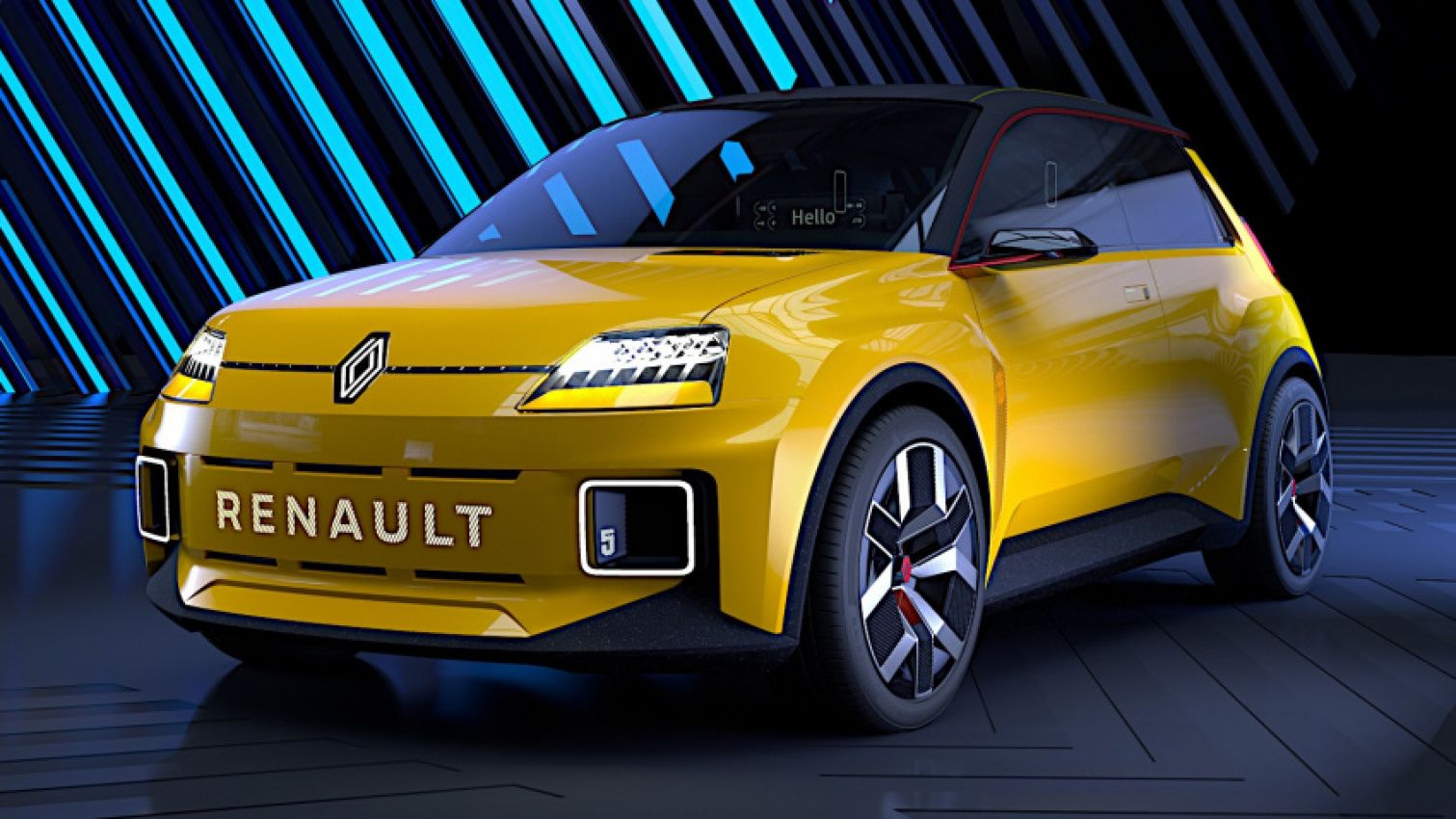
Half a century of hatchback heroes
Half a century ago, Renault launched its first example of what we would now call a supermini.
The Renault 5 was produced in two generations for nearly a quarter of a century. At its most humble, it was a simple but stylish little hatchback, but in another form it was a fabulously exciting rally car, capable on its day of beating the best in the world.
Here we take a look at one of the French company’s most successful products, from before its birth to after its retirement.
The problem
In the mid to late 1960s, Renault had a problem with its small cars.
The 4, though a big seller, was too basic for some tastes. The rear-engined 8 was starting to feel old-fashioned, and the soon-to-be-launched 6 (pictured) wasn’t going to help much.
Bernard Hanon, a Frenchman who had been working for Renault in the US, felt that what the company needed was a smart new model with enough flair to appeal to younger customers.
Renault boss Pierre Dreyfus agreed, and gave the project the go-ahead in 1970.
Design thoughts
The shape of the 5 was created by Michel Boué, who died in his late 30s shortly before the car went on sale.
The design drawing shown above bears little resemblance to the production model. It was made in April 1967, when Boué was apparently thinking in terms of a fastback body style, and had not yet got past the idea of metal bumpers.
The overall dimensions seem familiar, though, and it’s clear Boué had already decided the 5 should have rectangular headlights.
Closer to production
This later drawing will be immediately recognisable to anyone who has seen a first-generation 5.
The shape has been finalised, the tail-lights are vertical (as they would be in the production car) and the bumpers are now intended to be made of plastic.
Another characteristic design feature has also been confirmed. The doorhandles are not visible, since they are mounted inside the door, and accessible via a small indentation at the extreme front of the rear wing.
Hatchback
The 5 was the first small Renault hatchback with unibody construction.
The company’s first hatchback of all (though the term hadn’t been invented then) was the 4 of 1961, but like the later 6 its body and chassis were separate items.
The widely admired 16, launched in 1965 and described as a ‘limousine’, was a unibody hatchback one size up from the 5.
Layout
Following Renault practice of the time, the 5 had a mid-front-engine layout, with the engine mounted longitudinally behind the front axle and the gearbox ahead of it.
As in the 4 and 6, this posed a problem: how could the transmission and the gearlever be linked if the entire engine was in the way?
Renault solved that one by running the linkage over the top of the engine and having the lever stick out of the dashboard.
The lever was therefore close to the steering wheel, as it would be in a single-seat racing car. Manufacturers would later place their gearlevers in a similar position for driver convenience, not because there was any technical reason to do so.
Advertising
Renault ran a very strong advertising campaign for the 5 in France, emphasising its friendliness by turning it into a cartoon character.
“Hello! I’m the Renault 5,” it said. “In town and on the open road, I’m also called a supercar,” it added.
A very different application of the term ‘supercar’ than we would use today.
On sale
The 5 entered the market in early 1972 with a choice of just two variants.
Both were three-door hatchbacks – Renault waited for nearly a decade before adding an extra two doors.
The entry-level L was fitted with a 782cc version of the old Billancourt engine, which had made its debut just after the Second World War and produced a modest 36bhp.
The TL
The more expensive of the two original R5s was the TL, which used the slightly more modern (though by then 10-year old) 956cc Cléon-Fonte engine.
Buyers of this one had 47bhp at their disposal, along with armrests, a rear parcel shelf and two-speed windscreen wipers.
The compact car
A key feature of the 5 was that it was small enough to be driven easily on city streets.
At 3.50 metres from bumper to bumper and 1.52 metres side to side, it was substantially larger than the increasingly old-fashioned Mini, but shorter and only slightly wider than the 4.
It was also shorter than its most obvious continental European rival, the Fiat 127, and almost identical in width.
Car of the Year (nearly)
The 5 became eligible for the Car of the Year award in 1973.
The European judges were very impressed, placing it second (109 points to 114) to the Audi 80.
This equalled Renault’s result the previous year with the 15/17, but didn’t quite match its performance in 1966, when the 16 was awarded first place ahead of the Rolls-Royce Silver Shadow.
A developing range
A 1289cc version of the Cléon-Fonte engine was made available in the 5 for the first time in 1974, and was followed two years later by a 1397cc unit.
Automatic transmission arrived in 1978, and a year after that a five-door body style was added.
The Renault 7
Although the 5 was famously sold only as a hatchback, there was a saloon derivative with a different name.
Introduced in 1974, the 7 was closely related to the 5, and looked much the same from the front, but it had a four-door saloon body.
It was manufactured in Spain by FASA-Renault, which had been building Renaults under licence since 1951.
Le Car
Although the failure of the Dauphine in the US in the early 1960s had almost brought the company to its knees, Renault decided to export the 5 across the Atlantic (and sell it in AMC dealerships) in 1976.
It was known there as Le Car, a name which didn’t make much sense back home because it translates into French as ‘the bus’.
Visibly different to the regular 5 thanks to its inset headlights and large bumpers, Le Car was largely responsible for a big increase in Renault sales in the US, and performed very well in club-level motorsport.
The Alpine/Gordini
The first R5 which could reasonably be described as a hot hatch was known in most markets as the Alpine but as the Gordini in the UK, where Chrysler had the rights to use the Alpine name.
At its launch in 1976, it was powered by a 1397cc engine producing 93bhp. This was raised to 110bhp in 1982, when Renault boosted the engine with a Garrett turbocharger, creating the Alpine/Gordini Turbo (pictured).
Rallying 5s
Even as long ago as 1978, a 5 Alpine wasn’t the kind of car that might be expected to achieve an outstanding result in international competition. But it did.
In the snowy conditions of the Rallye Monte-Carlo, Jean Ragnotti (pictured) and Jean-Marc Andrié finished an incredible second overall in their Alpine, with teammates Guy Fréquelin and Jacques Delaval close behind in third.
The only car the little Renaults failed to beat was a Porsche 911 Carrera RS 3.0. World-class car/driver combinations which couldn’t keep up with them included Walter Röhrl in a Fiat 131 Abarth and Michèle Mouton in a Lancia Stratos.
Racing 5s
The Renault 5 was used for various one-make race championships across Europe.
These were relatively cheap to take part in, and were notable for close competition and the astonishing roll angles achieved by the cars during high-speed cornering.
The UK series, established in 1974, was the oldest of them all. The French equivalent began the following year as a successor to the Coupe de France Gordini.
The 5 Turbo
Not to be confused with the Alpine/Gordini Turbo, the 5 Turbo was, to say the least, the outlier in the range.
The 1397cc Cléon-Fonte engine was familiar, but in this application it produced just short of 160bhp.
It was also mounted where the back seats would normally be, and drove the rear wheels. The Turbo was therefore the only non-front-wheel drive production model in 5 history.
Equally uniquely, this was the only 5 whose roof, hatch and doors were made of aluminium, in the interests of saving weight.
The 5 Turbo in rallying
The whole point of the 5 Turbo was to allow Renault to create a version that could compete in international motorsport.
At first, this went well. Three years after their startling success in a 5 Alpine, Jean Ragnotti and Jean-Marc Andrié won the 1981 Rallye Monte-Carlo in a Turbo, and took an early lead in the World Rally Championship.
Unfortunately, these were the early days of the four-wheel-drive era, and Renault either couldn’t or wouldn’t devote the necessary resources to developing a car of that type.
From the Monte-Carlo victory until 1986, the Turbo won only five rounds of the WRC.
The 5 Turbo 2
In 1983, Renault introduced a softer version of its homologation special.
The Turbo 2 had the same 160bhp power output as the original car, but it was, in Renault’s words, ‘made more driveable to facilitate everyday use’.
Some interior features were brought over from the Alpine/Gordini, and the roof, hatch and doors were now made of steel.
In all, 3424 examples were built before production ended in 1986.
The 5 with added luxury
By the time the Turbo 2 was introduced, Renault had already devised what it described (perhaps optimistically) as a luxury version of the 5.
The 5 TX was powered by the 1397cc engine, and featured ‘thick velvet upholstery’, tinted electric windows, power steering and a leather-trimmed steering wheel as standard.
For customers who wanted even more pampering, an automatic gearbox was available as an option – 49,352 examples were built before the second-generation 5 came along.
The new 5
After a dozen years, the original 5 was finally replaced by an all-new model in late 1984.
There was little connection between old and new, though engines were carried over, as was a hint of Michel Boué’s original design.
Other than that, the styling was the work of Marcello Gandini, who was also responsible for the shape of the 5 Turbo, the Ferrari 308, the Fiat X1/9 and the Lancia Stratos.
The GT Turbo
There would be nothing in the new range quite like the 5 Turbo homologation special, but Renault did create the GT Turbo hot hatch.
Powered by a boosted version of the 1397cc Cléon-Fonte engine, the GT Turbo was quick in standard form, and was a popular choice among professional and amateur car tuners.
The GT Turbo in rallying
The GT Turbo was a strong contender in the Group N rally class, which allowed far fewer modifications than Group A.
In the Ivory Coast round of the 1989 World Rally Championship, only seven of the 60 cars entered made it to the finish.
Alain Oreille (known to his Irish fans as Alan O’Reilly) and Gilles Thimonier not only survived the ordeal, they also won the event, beating a Mitsubishi Starion Turbo into second place by over three hours.
In doing this, they created history. No Group N car had won a round of the WRC before, and none would ever do so as long as the class existed.
The 5 van
During the production life of the first-generation 5, there was no need for a van derivative, since Renault was doing nicely with the 4 fourgonette.
By the mid 1980s, the fourgonette was seriously outdated, so Renault created a light commercial version of the new 5, which was named Express, Extra and Rapid depending on where it was being sold.
Like the 4 van, its roofline took a step up behind the front passenger compartment. Some versions of both vehicles also had high-level rear side windows, as in the Phase 3 version pictured here.
Run-out
The 5 was officially replaced in 1990 but, as sometimes happens in the motor industry, it remained in production alongside its successor for a few more years.
To avoid competition with the car Renault really wanted to push, the survivors were inexpensive, low-spec models such as the Campus (pictured).
In a sense the 5 had gone full circle. After the Turbo and the various hot hatches, the last 5s were cheap and simple, just as the first had been.
Moving on
When the original 5 was launched, Renault used numbers rather than names for its cars, a policy which had started with the 4 in 1961.
In the intervening period, Renault had introduced (in numerical rather than chronological order) the 6, the 8, the 10 and the 16, and there would be more to follow. The use of an odd number was unusual but not unique at the time – there had been a super-budget version of the 4 called the 3.
By 1990, Renault had moved on from this idea, and was starting to refer to its cars by name.
It therefore made no sense to introduce a third-generation 5. Renault’s new small hatchback was therefore called the Clio instead. But it was a new 5 in spirit, even if nobody called it that.
The return
On 14 January 2021, Renault unveiled a concept version of a new electric hatchback.
Mechanically, it bore no resemblance to the 5, but exterior designer Nicolas Jardin came up with his own interpretation of the first-generation model.
There were several similarities, but the key one was the styling of the headlights.
They were not exactly the same shape as before, but they were close enough to give the concept at least some of the character of the little Renault whose success story had begun 49 years earlier.
Keyword: 50 years of the Renault 5
